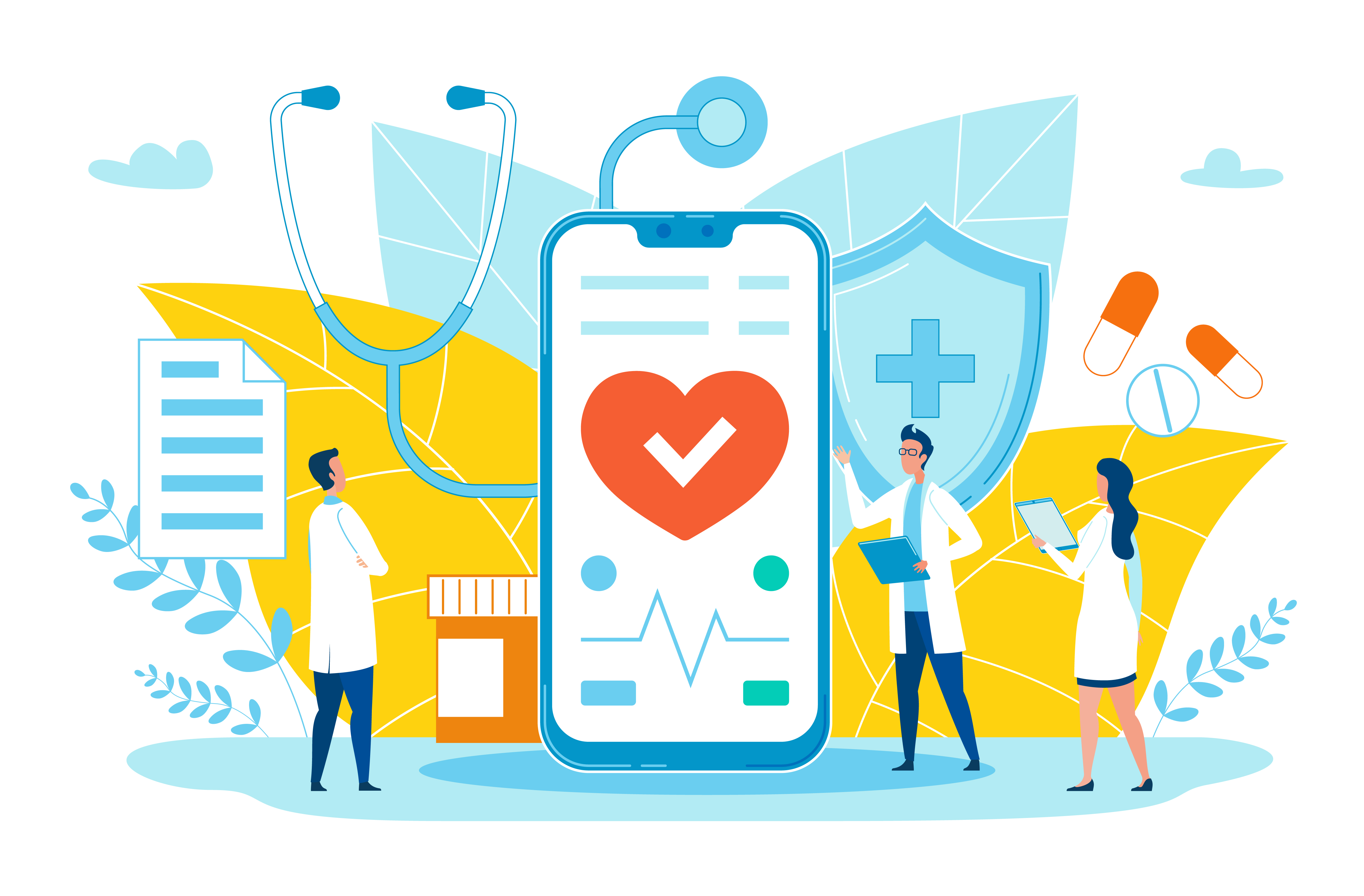In recent years, the term “social determinants of health” (SDoH) has come to the forefront of health conversations, and for good reason. Research shows that up to 90 percent of the factors that contribute to health are not related to medical care, but rather to factors such as environment, housing, employment, education, and inequity.
At the same time, digital health – technologies aimed at improving health, healthcare and healthy living – is gaining popularity. For example, 96% of Americans have a cellphone, 81% have a smartphone, and roughly 1 in 5 wear a smartwatch or wearable fitness tracker. With statistics like these, it’s no wonder that companies and health organizations are leveraging digital channels when it comes to health.
Even the World Health Organization agreed on a digital health resolution in 2018 that urged members to prioritize the “development, evaluation, implementation, scale-up and greater utilization of digital technologies as a means of promoting equitable, affordable and universal access to health for all.”
We’re left with a lot of questions, and pros and cons on both sides of the digital health debate. Are digital health trackers improving individual and collective health — or should Americans worry about “big brother” monitoring their every move, quite literally? Do technology and artificial intelligence provide more opportunities for disadvantaged populations – or intensify inequality? Here are just a few considerations.
PRO: Expanding access and health engagement
- Increased accessibility to medical care: One of the greatest potentials for digital health is the ability to bring medical care directly to hard-to-reach populations, such as rural communities. According to the National Rural Health Association, rural residents tend to be poorer, rely more heavily on the Supplemental Nutrition Assistance Program (SNAP) benefits program, have greater transportation difficulties impacting access to healthcare providers, and have higher rates of unemployment. Lastly, rural communities have higher rates of uninsured residents. Many of these health disparities can be mitigated through low-cost digital health solutions – whether telemedicine, web-based care or virtual doctors — that easily connect rural residents to specialized medical professionals throughout the country.
- Empowering patients through better engagement: Leading technology companies like Amazon, Lyft, and Spotify have improved consumer experience through technology. Now most Americans expect convenience, quick response times, and the ability to control their user-experience. Yet, according to the Siegal+Gale Global Simplicity Index, healthcare ranks dead last out of 25 industries in the United States for simplicity of experience. Empowering people to communicate using technology and take an active role as a participant versus passive patient could benefit everyone. One example is being able to text or email with providers to speed response times.
- Connecting data points across populations to better treat conditions: Using a universal digital health cloud could increase access for medical professionals to learn from collective experience to better prevent and treat disease. Imagine the possibilities if a patient can easily share information collected by a wearable fitness device (sleep patterns, physical activity, heart rate, etc.) with a physician, who then gains better insight into the patient’s routines and provides a better diagnosis or treatment plan. Take that one step further and make the information available to all medical professionals; and doctors could more easily connect the dots between lifestyles and chronic diseases. Yet, Google’s recent Project Nightingale, which led to a federal inquiry, highlights the precarious impact this could have on privacy and the handling of user data.
CON: Issues with privacy, access, and equity
- Privacy concerns: Cambridge Analytica, Edward Snowden, and the recent Equifax data breach, demonstrate the potential for data to be released or misused. According to a recent Pew Research study, 81 percent say potential risks of data collection by companies outweigh the benefits, while 79 percent report being concerned about the way their data is being used by companies. Yet, most feel they have little or no control over their personal information. This data is supported by a University of Pennsylvania study, which found that more than half of Americans do not want to lose control over their information, but also believe this loss of control has already happened. The Ponemon Institute found that 90 percent of the health organizations represented in their study on the privacy and security of healthcare data had a data breach over a two-year period, costing the healthcare industry $6.2 billion. Consensus also matters. One recent report shows that although patients and physicians agree that technology is valuable in medical care, their attitudes concerning the role of technology differs regarding scope and use.
- Accessibility concerns: Another concern is the lack of accessibility of digital health, especially for the elderly, the visual or hearing impaired, or individuals with cognitive delays. What is meant to increase accessibility to healthcare can have the opposite effect for certain groups, further marginalizing and secluding populations that have a high need for continual medical care. A study conducted by a Department of Health and Human Services agency found that existing consumer health IT must be redesigned or augmented to better allow for people with disabilities to fully engage with their health through technological solutions.
- Equity concerns. While digital health can expand access to healthcare services, mitigate mundane administrative tasks, and provide better data for diagnosis and treatment, it can also raise concerns. Artificial intelligence, machine learning and other technologies can impact groups differently. Technology often has unconscious bias or biased algorithms so we must remain vigilant.
Thus, with its great power and potential, the burgeoning digital health industry shows us a glimpse of the future, leveraging technology for better health for all. Yet, we must continue to explore the potential risks and pitfalls. In the end, what is most paramount is the human element in health.


